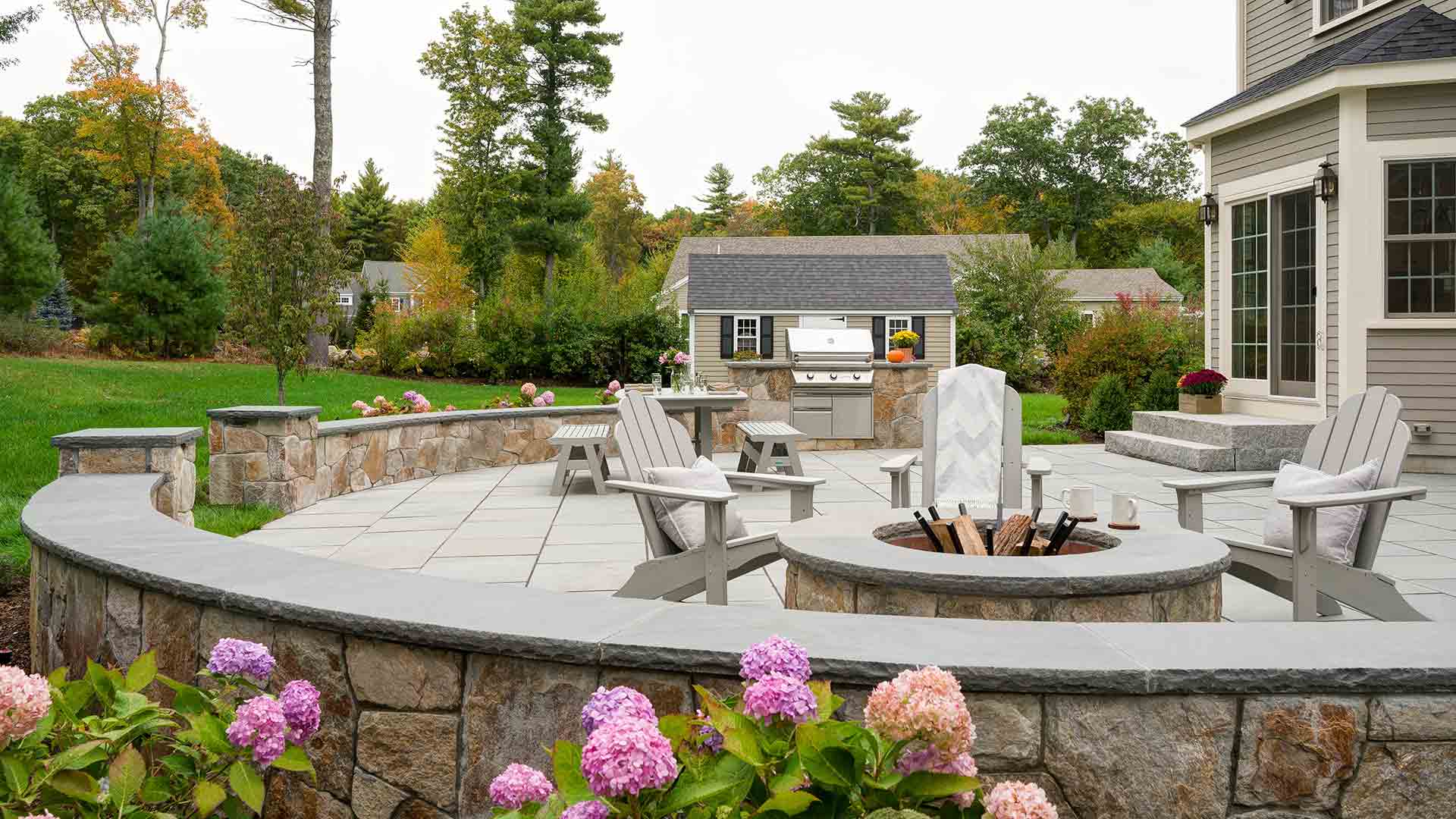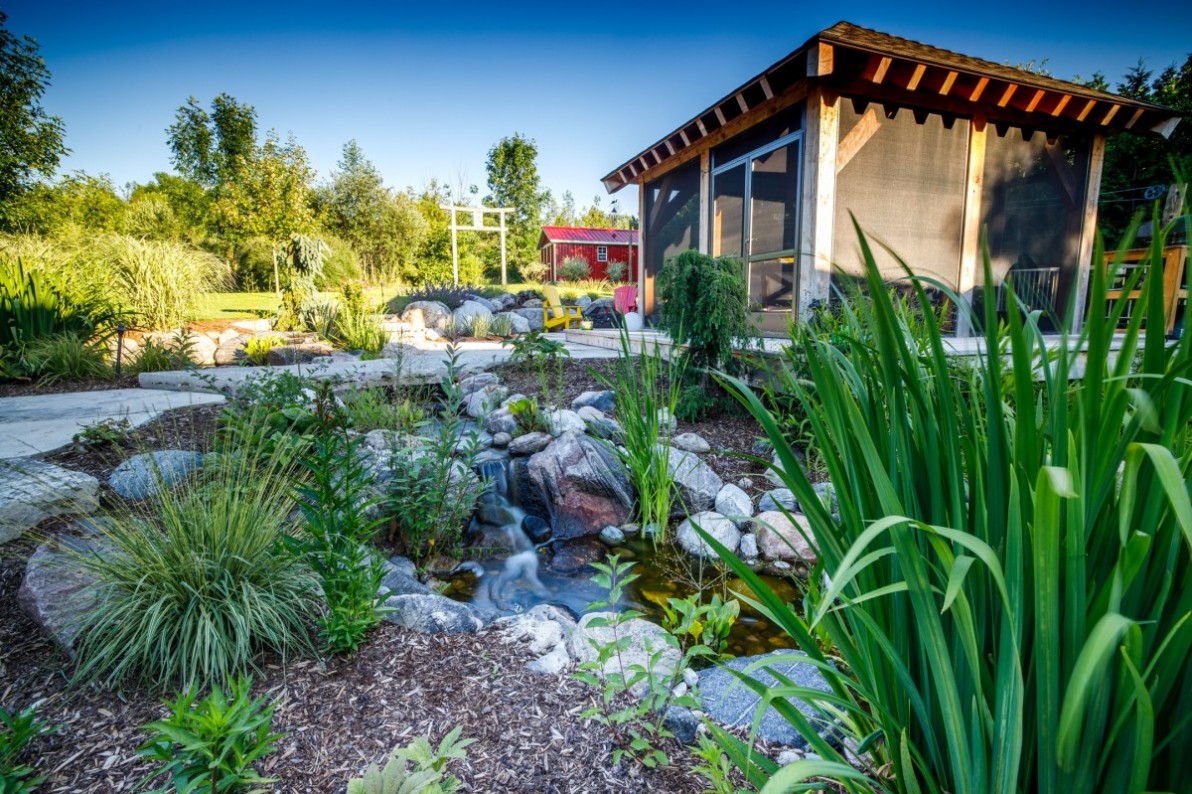A Biased View of Landscapers
A Biased View of Landscapers
Blog Article
All about Landscapers
Table of ContentsWhat Does Landscapers Mean?The Buzz on LandscapersThe Ultimate Guide To LandscapersSee This Report on LandscapersThe smart Trick of Landscapers That Nobody is Talking About
Each of these elements has a specific objective and symbolism, and when incorporated in the right method, they produce a balanced and harmonious landscape - Landscapers. Rocks are taken into consideration the backbone of a Japanese garden. They represent hills or islands and are purposefully put to develop a sense of deepness and perspectiveIt can take the kind of a fish pond, stream, or waterfall, and its function is to add activity, audio, and reflection to the landscape. Plants, specifically evergreens and deciduous trees, play an important role in creating a Japanese garden. They are meticulously chosen for their form, shade, and appearance to add passion and comparison to the landscape.
These synthetic elements typically have religious or spiritual importance in Japanese culture and are very carefully put within the landscape to develop focal points. Digital Photography by Garrett Cook Desert yards, likewise called xeriscaping or dry landscape design, flourish in completely dry and drought-prone regions (Landscapers). These gardens showcase plants that have actually grown accustomed to the warm and dry conditions, making them low-maintenance and water-efficient

They are normally made use of to the regional climate, dirt problems, and wild animals, making them extra resistant and better fit to thrive in their atmosphere. This design style accepts the beauty of neighborhood flora and fauna, advertising a local color and attaching us to the land we survive on. Image: Christopher Lee Mediterranean gardens came from the countries surrounding the Mediterranean Sea, such as Italy, Greece, and Spain, where the climate is warm and dry.
The Basic Principles Of Landscapers
In a Mediterranean climate, the summer season heat and aridity are significant challenges for plant growth. To resolve this, Mediterranean garden design integrates aspects that provide color, such as pergolas and arbors, to secure plants from straight sunlight throughout the most popular hours of the day. These frameworks offer a practical purpose yet likewise include architectural interest to the yard.
To combat this, sprinkling strategies such as drip watering are commonly utilized to ensure that plants receive an ideal quantity of water without losing it. Official gardens are commonly connected with grand estates and palaces, where every little thing is completely balanced and in line. These gardens comply with a rigorous geometric pattern, with straight lines and ideal angles controling the style.
Using hardscaping components such as water fountains, statues, and pathways is likewise typical in formal yards. On the various other hand, informal yards have an even more kicked back and all-natural feel to them. They are not bound by stringent rules or geometric patterns, permitting a much more natural format. Casual gardens tend to have rounded pathways, irregularly designed blossom beds, and a mix of various plant types.

Landscapers - The Facts
The design is so prominent that it does not stand out given that so numerous people have it. The majority of the landscapes throughout the nation are typical design.
Normal components of a conventional landscape style are red block pavers organized in a traditional herringbone pattern and cottage design yard beds with a wonderful blend of perennials and shrubs. You can locate traditional landscape design used at the historic homes in midtown Idaho Falls. This design offers an excellent equilibrium of indigenous and non-native plants.
A modern-day landscape has the most edgy layout style. Bright colored plants incorporate with bold steel containers and home furnishings.
It's not concerning the style of home a landscape fits, however more the materials it's made out of. While hedges require to be cut to keep their shapes, this style of landscape requires much less specialized maintenance.
The Ultimate Guide To Landscapers
Fuller landscape beds with great deals of color that need higher degrees of upkeep and maintenance. A more recent landscape design that's emerged lately is the rustic modern-day design. This landscape will still use rocks and timber yet in a more polished means. Below, modern-day design aspects are likewise merged right into the photo, such important source as bold-colored patio area collections and color-blocked beds making use of plants with brilliant tones.
This design goes ideal with homes that are rustic or modern, and it has a nice blend of the benefits and drawbacks of those styles noted above (Landscapers). Not exactly sure which design fits you best? Factoring in maintenance and general layout and treatment expenses can aid sway you in one instructions over an additional based upon your preferences
For one, because products like boulders and rough-hewn wood are so prominent here, they are easy to get. Plants are left to expand even more naturally, as in they don't require to be a symmetrical, trimmed form. On the other hand, modern and home design gardens are usually extra pricey to mount and require even more upkeep.
You can produce a visually pleasing landscape by adhering to these six concepts of design. There are six concepts of layout that have been utilized by artists for centuries throughout all art kinds, painting and flower layout along with landscape design. They are: Equilibrium Focalization Simpleness Rhythm and Line Proportion Unity Equilibrium is a state of being in addition to seeing.
7 Simple Techniques For Landscapers
There are two major sorts of equilibrium: in proportion and unbalanced. Balanced equilibrium is utilized in formal landscapes when one side of the landscape is a mirror image of the contrary side. These landscapes commonly utilize geometric patterns in the walkways, planting beds and also exactly how the plants are trimmed into shapes.

Each location of the landscape may include a prime focus, yet it is certainly not necessary. Landscape designers need to not overuse prime focus. In any sight, people are brought in to fascinating plant types, intense shades and imaginative, architectural layout as well as art or sculptures. Mix it up, have some enjoyable and produce interesting prime focus.
Keeping landscapes easy, not jumbled or picky is always a great technique. This is not the opposite of intricacy. find Numerous landscapes have very intricate features, consisting of the architectural style, water features and comprehensive illumination attributes. Landscapes that make people happy and comfy prevent using way too many colors, shapes, contours and appearances, however in no method does this mean simple, boring or absence of creativity.
Report this page